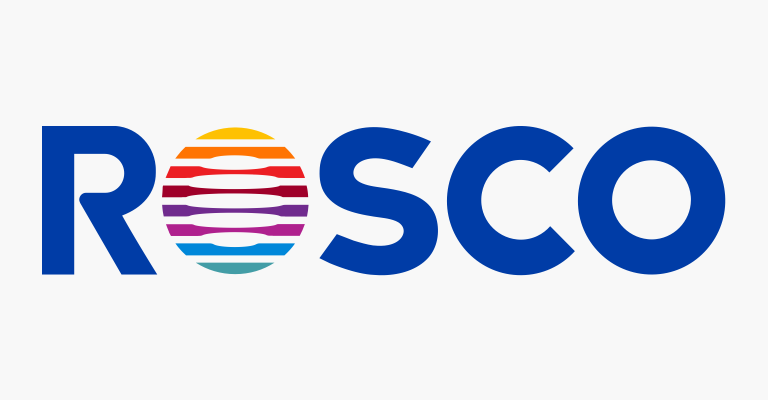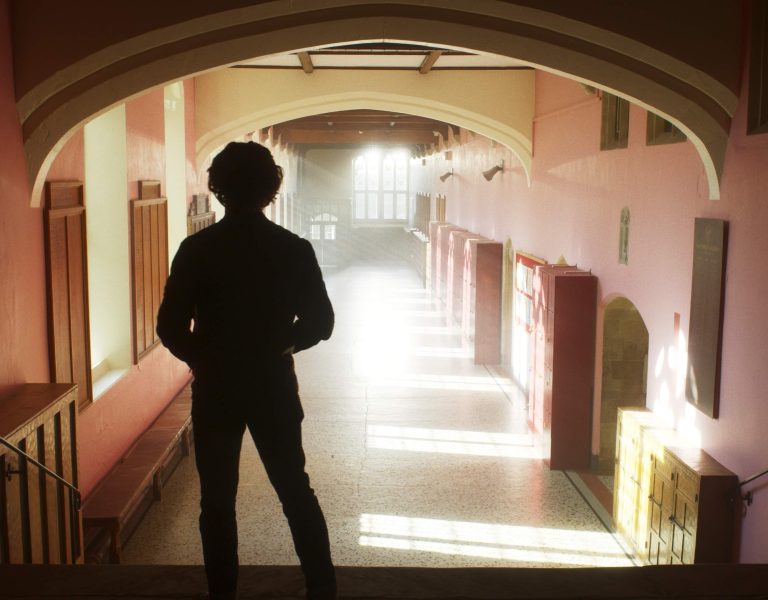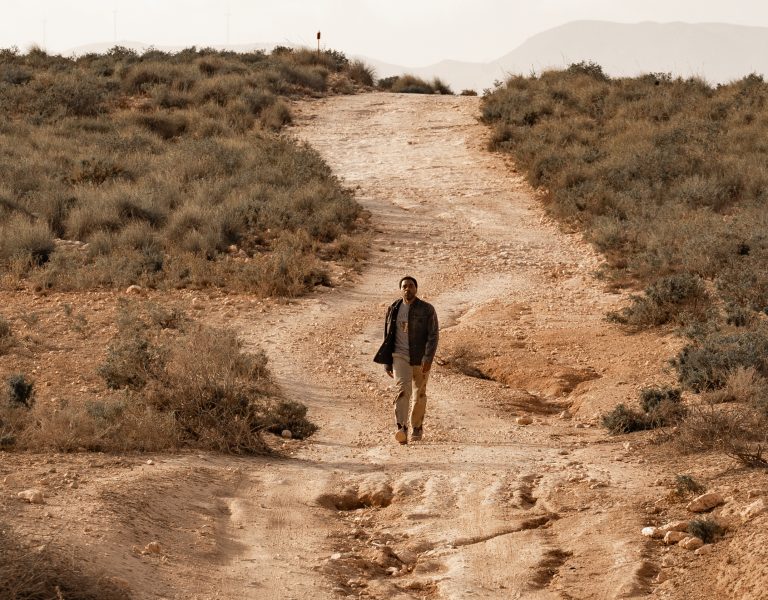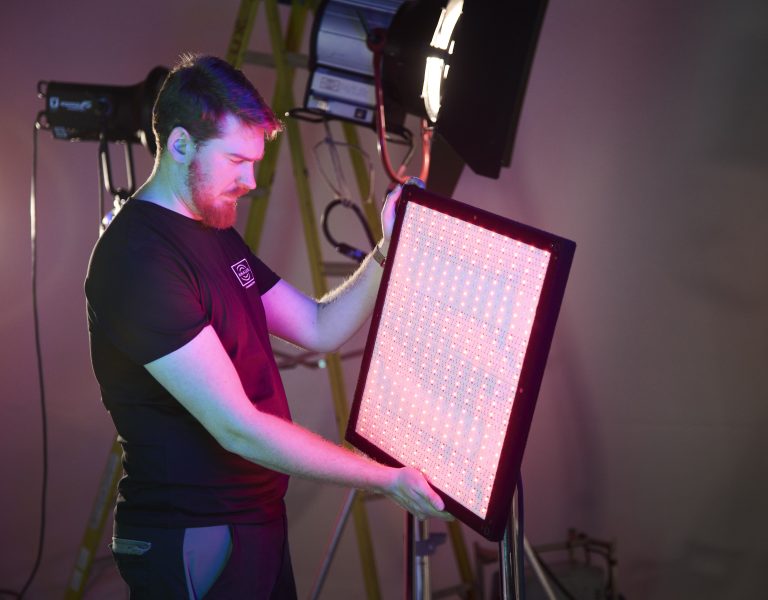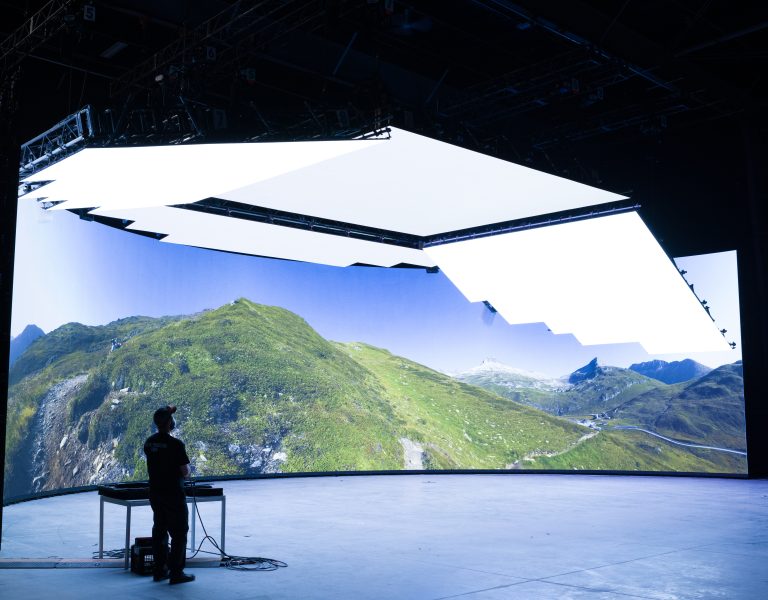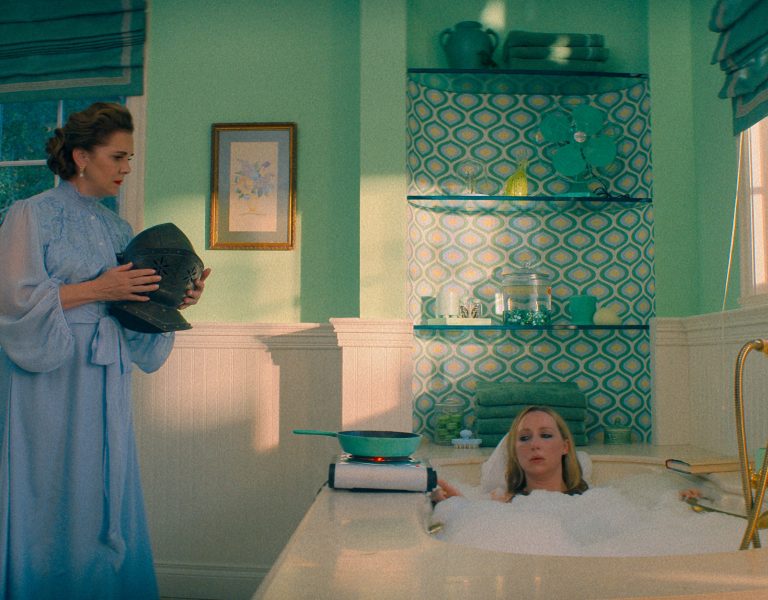Sustainability must be factored into all aspects of a production from the outset, from environmentally friendly ways to light a show through to finding greener ways to travel.
Some of the things a film or television production can do to improve its sustainability are popular with the production office. Less diesel burned means both less pollution and smaller invoices. At the same time, a cinematographer’s preference for tungsten light, or a production’s need for an exotic location, might collide uncomfortably with the concept of controlling carbon emissions. Gaffer Cullum Ross reports that it’s an issue the industry has been taking more and more seriously.
Given the enormous amount of material currently being shot in the UK, more and more productions are being forced into spaces which were not designed as studios, and which might not have enough wall-socket power to begin with. “On a lot of these stages,” Ross begins, “the stage exists, the set exists, the roof exists, but there might not be any rigging overhead and there may not be any power. Productions are moving into spaces which are retrofit. It might be a distribution warehouse but there’s no power there and you have to bring in an energy solution.”

Sheer power consumption, Ross continues, is only part of the equation. “It starts the moment I get hired… we have meetings with sustainability coordinators, and we talk about not just how we’re going to light a show, but how we can travel greener, how we can reuse things, perhaps use recce buses rather than we all drive there individually.”
At the other end of the technological scale, Ross has also seen hydrogen-fuelled power generation begin to emerge. “We’ve been doing Bridgerton – that’s been our life for the last 12 or 13 months – and we’re trialling hydrogen generators. This was a company called GeoPura, part of Siemens, which provides on-demand grid backup.”
Hydrogen power is an emerging technology which makes sense in fairly specific situations. Ross confirms that it’s been successful, and not only at powering lighting. “We’ve been trialling it to run our unit base – all the honeywagons, the makeup trailers, and so forth. For the last eight or nine months they ran off hydrogen. In theory the unit we had was 200 KVA, so if you went all LED, one of the jobs I did last year, Man vs. Bee for Netflix, was a hundred per cent LED and we could have done the whole thing off a hundred amps.”

With LED lighting now an entirely established part of film and television lighting, Ross reiterates the common demand for ever higher-power lights which match the performance of the incumbent. “I’ve used everything – Fiilex, loads of Creamsource, V8s, V4s. I’m most interested in the Fresnel range, anything with a lens. Velvet have their own LED Fresnel which again seems fantastic – you can run it off a battery, use modifiers, but you can’t use it outside yet.”
Perhaps the most important advice Ross has, though, is to look at the bigger picture. “A lot of us now drive EVs (electric vehicles), and there might be a diesel generator from which we charge up while we’re on set. At some point we’re going to reach parity with that: consider the costs of production [of the EV], the lithium mining, where we derive the raw materials from. At some point we’ll reach parity with internal combustion engines. There’ll be a net neutral kind of target, there’ll be some kind of offsetting.”
Details matter, Ross says. “It all ties into the efficiency of the whole system. Do your cables need to be three hundred yards long – is your generator noisy? Can we have a big battery, a flatbed 200KVA battery and have it wrapped out overnight or charged at off peak rates by grid power? The message is we’ve all got to do our bit.”

–
Words: Phil Rhodes








